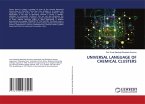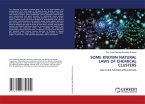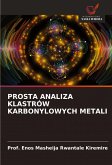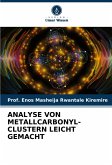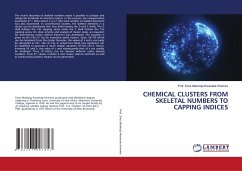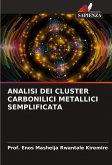A burning desire to understand the nature and constitution of chemical clusters developed around 2005. Accordingly, clusters such as metal carbonyls, boranes, hydrocarbons, zintl ions, golden clusters and others were analyzed and categorized. Arising from these studies, it was discovered that the main group elements follow the series S=4n+q where n= the number of skeletal elements in a cluster formula and q = numerical value that specifies the type of cluster series. On the other hand, the transition metal clusters were found to follow the series S=14n+q. Furthermore, the skeletal bonds that bind the skeletal elements together were found to be calculated from the equation K=2n-q/2. Deeper analysis of the clusters, led to the discovery of a very important parameter that the cluster valence electrons have the double capping cluster valence electron configuration K_=DzCy where Dz follows the 14n series and Cy follows the 12n series and z and y represent the number of respective skeletal elements which together add up to n. That is, z+y=n. Out of these relationships, two more important cluster valence equations were derived.
Bitte wählen Sie Ihr Anliegen aus.
Rechnungen
Retourenschein anfordern
Bestellstatus
Storno




